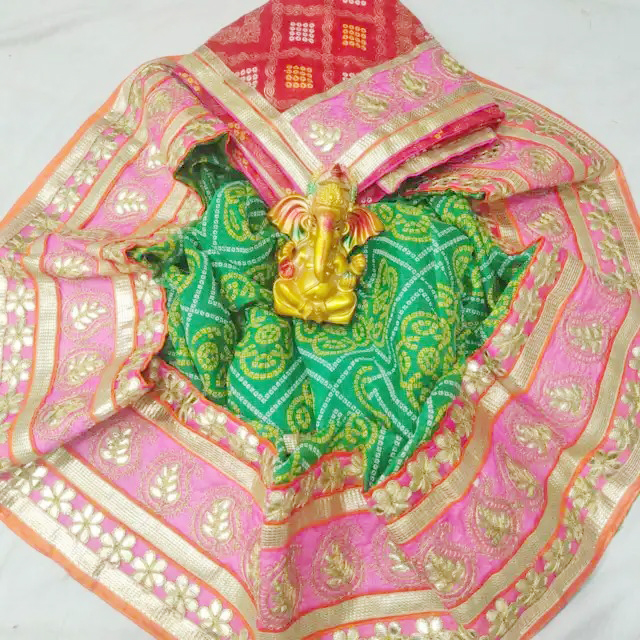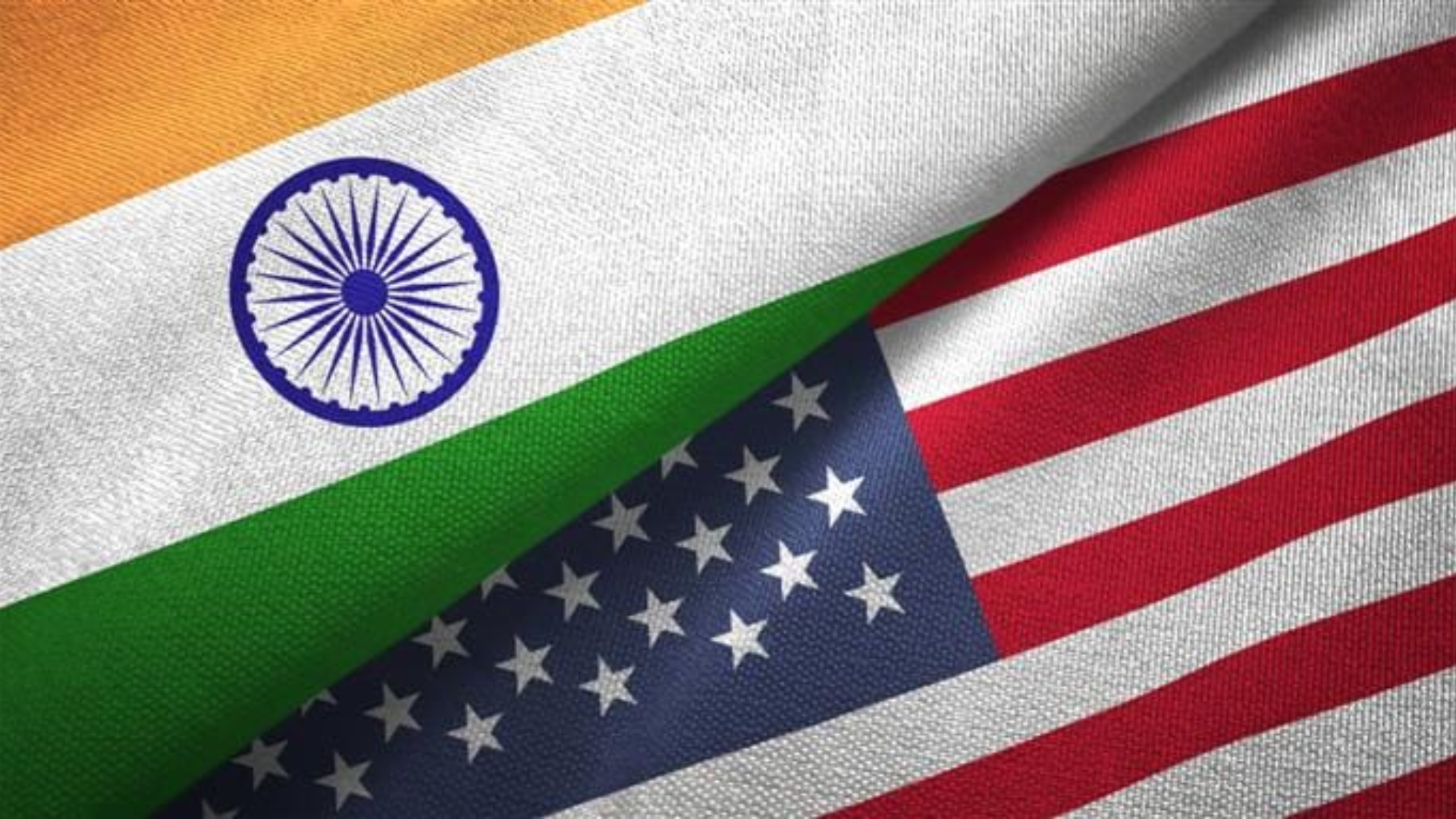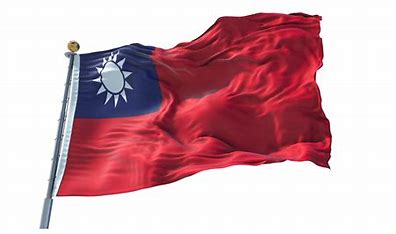
Introduction:
Rajasthan, the land of vibrant colors and rich cultural heritage, is home to a myriad of traditional art forms that have stood the test of time. Among these, Gota Patti art holds a special place, reflecting the opulence and craftsmanship synonymous with the royal state. Originating from Rajasthan, Gota Patti is an embellishment technique that involves intricate work with ribbons made of gold or silver. In this comprehensive exploration, we will delve into the origins, techniques, motifs, and contemporary relevance of the Heritage Gota Patti Art of Rajasthan.
Historical Origins of Gota Patti Art:
Gota Patti has a storied history deeply embedded in the cultural tapestry of Rajasthan. The art form traces its roots to the Mughal era, when the opulent courts of Rajasthan embraced extravagant fashion and luxurious embellishments. The word “Gota” refers to the gold or silver ribbons used in this form of embroidery, and “Patti” translates to strip – together, they create a technique that is as timeless as it is regal. Initially, Gota Patti was exclusively associated with royal attire, used to adorn the clothing of the nobility and aristocracy. Over time, however, the art form expanded its horizons to include a wide range of textiles, from sarees and dupattas to wall hangings and home decor items.
Techniques of Gota Patti Embroidery:
The essence of Gota Patti lies in its intricate craftsmanship. The process involves attaching small pieces of ribbon to the fabric using various stitches, creating elaborate patterns and designs. The ribbons, made from gold or silver-coated copper wires, lend a luxurious and radiant quality to the embroidery.
The basic steps in creating Gota Patti embroidery include:
a. Designing:
Artisans first outline the design on the fabric using a pencil or chalk. The design can range from traditional motifs to contemporary patterns depending on the intended use.
b. Cutting Gota Strips:
The metallic ribbons, or Gota strips, are cut into desired shapes and sizes based on the design requirements. These strips are then carefully arranged to form the intricate patterns.
c. Stitching:
The Gota strips are stitched onto the fabric using various embroidery stitches, such as the chain stitch or running stitch. The stitches not only secure the strips but also add depth and texture to the overall design.
d. Additional Embellishments:
Depending on the design, artisans may incorporate additional embellishments like sequins, beads, or mirrors to enhance the visual appeal of the Gota Patti embroidery.
e. Finishing:
The final step involves carefully finishing the edges and ensuring that the Gota Patti work is securely attached to the fabric. This meticulous process requires skill and precision.
Motifs and Patterns in Gota Patti Art:
Gota Patti art is renowned for its diverse range of motifs and patterns, each telling a unique story. Traditional motifs draw inspiration from nature, mythology, and royal symbolism. Common motifs include flowers, leaves, paisleys, peacocks, elephants, and geometric patterns. These motifs not only serve as decorative elements but also carry cultural and symbolic significance.
For instance, the peacock, often depicted in Gota Patti embroidery, symbolizes grace and beauty in Indian culture. Elephants, another popular motif, are associated with royalty, strength, and good fortune. The intricate floral patterns reflect the blooming landscapes of Rajasthan, adding a touch of nature to the regal embroidery.
Traditional Gota Patti Attire:
Gota Patti embroidery has become synonymous with festive and bridal wear in Rajasthan. The art form is extensively used to embellish ghagras (long skirts), cholis (blouses), dupattas (scarves), and sarees. Brides, in particular, adorn themselves with Gota Patti attire during weddings and other auspicious occasions, turning their outfits into resplendent canvases of artistry.
The opulence of Gota Patti embroidery complements the vibrant and celebratory spirit of Rajasthan’s cultural events. Traditional Rajasthani festivals, such as Teej and Gangaur, witness women draped in intricately embellished Gota Patti attire, adding to the visual spectacle of the festivities.
Gota Patti in Home Decor:
Beyond clothing, Gota Patti art has found its way into home decor, transforming living spaces into elegant sanctuaries. Cushion covers, bedspreads, curtains, and wall hangings adorned with Gota Patti embroidery bring a touch of royal splendor to homes. The versatility of Gota Patti allows it to seamlessly blend with various decor styles. Whether used in a traditional Rajasthani-themed room or as a statement piece in a contemporary setting, Gota Patti home decor items exude a timeless charm.
Contemporary Adaptations and Global Influence:
While deeply rooted in tradition, Gota Patti art has evolved to cater to contemporary tastes. Designers and artisans are experimenting with new color palettes, fabric combinations, and innovative motifs, giving Gota Patti a modern twist. The timeless appeal of Gota Patti has not only sustained its popularity within India but has also captured the interest of the global fashion and design community.
International fashion runways often feature collections inspired by traditional Indian embroidery, including Gota Patti. The global appreciation for handmade, artisanal crafts has led to an increased demand for Gota Patti products, contributing to the preservation and promotion of this age-old art form.
Challenges and Conservation Efforts:
Despite its enduring popularity, Gota Patti art faces challenges that threaten its sustainability. The increasing use of synthetic materials and the decline in skilled artisans proficient in traditional techniques pose significant concerns. Additionally, the demand for mass-produced replicas in the market has led to a dilution of authenticity and craftsmanship.
Several initiatives and organizations are working towards the conservation of Gota Patti art. These efforts include skill development programs, workshops, and awareness campaigns to promote ethical and sustainable practices. By empowering artisans and educating consumers, these initiatives contribute to the preservation of Gota Patti as a living heritage.
Conclusion:
In the radiant glow of Gota Patti embroidery, we witness the fusion of tradition and elegance. From the regal courts of Rajasthan to the global fashion runways, Gota Patti has transcended its origins to become a symbol of timeless beauty. As we explore the history, techniques, and motifs of Gota Patti art, we recognize not just a craft but a living legacy that continues to adorn lives with its opulent charm. In every meticulously stitched ribbon, Gota Patti whispers the tales of Rajasthan’s cultural grandeur, inviting us to immerse ourselves in the enchanting world of heritage elegance.















